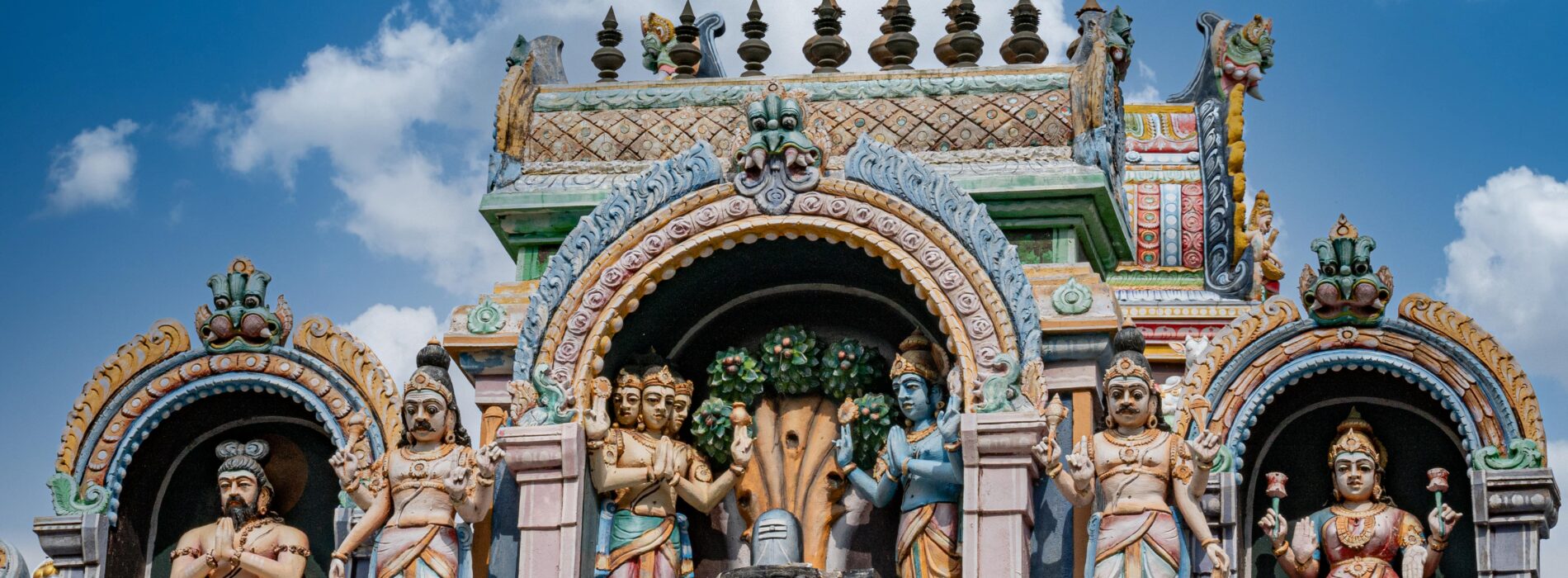Kayarohaneshvara Temple
Whose garlands graces the dead
The enchanting Kayarohaneshvara Temple, a place where legends and divinity intertwine. Known as Gurusthala, this sacred abode witnessed the awe-inspiring event of Lord Shiva carrying Brahma and Vishnu during the Mahapralaya. Join us on a spiritual journey as we delve into the significance of the garland blessing, the influence of the Pashupata doctrine, the divine presence of Goddess Lakshmi, and the architectural marvels that adorn this mystical temple.
Legends of Kayarohaneshvara
Kayarohaneshvara Temple derived its name from the extraordinary event where Lord Shiva carried Brahma and Vishnu on his shoulders during the Mahapralaya. This act earned him the name “Kayarohana,” which signifies lifting and carrying bodies. The temple’s spiritual aura is believed to grant liberation and elevate souls beyond the need for a physical body.
The Pashupata Doctrine and Early Influences
Originally, Kayarohaneshvara Temple followed the Pashupata doctrine, initiated by Lakulisha in Kayarohan, Gujarat. This doctrine emphasized a profound devotion to Lord Shiva. The presence of Mahavrata Lingas within the temple signifies the influence of Pashupata practices and reflects the temple’s early origins.
Divine Presence of Goddess Lakshmi
Goddess Lakshmi, the consort of Lord Vishnu, played a significant role in the history of Kayarohaneshvara Temple. She continuously worshipped Lord Shiva with bilva leaves, displaying her deep devotion. Pleased by her unwavering reverence, Lord Shiva blessed her, establishing a special connection between the two deities.
Architectural Marvels
Kayarohaneshvara Temple boasts a Gajaprshtha vimana, a distinct architectural feature adorned with intricate details in the renowned Chola style. The garbhagraha, facing east, houses the divine mulabera of Kayarohaneshvara. Koshtas on the outer wall showcase statues of Dakshinamurti, Vinayaka, Lingodbhava, and Durga, adding to the spiritual ambience of the temple.
Goddess Mahalakshmi and Dharmalingeshvara
Within the temple complex, devotees can find a separate shrine dedicated to Goddess Mahalakshmi. Adorned with lotus flowers and depicted in a posture assumed during her penance, she embodies grace and abundance. The nearby Taayar-kulam lake, where Goddess Lakshmi performed her ablutions, is now a peaceful site with a shrine for Dharmalingeshvara situated on its banks.
Gurusthala: Significance of Brhaspati
Kayarohaneshvara Temple is also known as Gurusthala, as it was here that Brhaspati, the Presiding deity of the planet Jupiter, worshipped Lord Shiva. His devotion was rewarded with the position of preceptor of the Devas, and he became associated with the largest planet in the solar system.
Inscriptions
Kayarohaneshvara Temple showcases its rich historical heritage through inscriptions from the reigns of Kulottunga Chola-I and Vikrama Chola. These inscriptions serve as evidence of the temple’s historical importance and provide insights into the cultural and architectural legacy of the era.
Conclusion
Step into the sacred realm of Kayarohaneshvara Temple, where timeless legends and divine grace converge. Experience the profound blessings of the garland blessing, discover the spiritual significance of the Pashupata doctrine, and witness the divine presence of Goddess Lakshmi. Marvel at the Chola-style architecture and explore the historical inscriptions that bear testimony to the temple’s illustrious past. May your visit to Kayarohaneshvara Temple be filled with serenity, spirituality, and a deep sense of connection to the divine.




